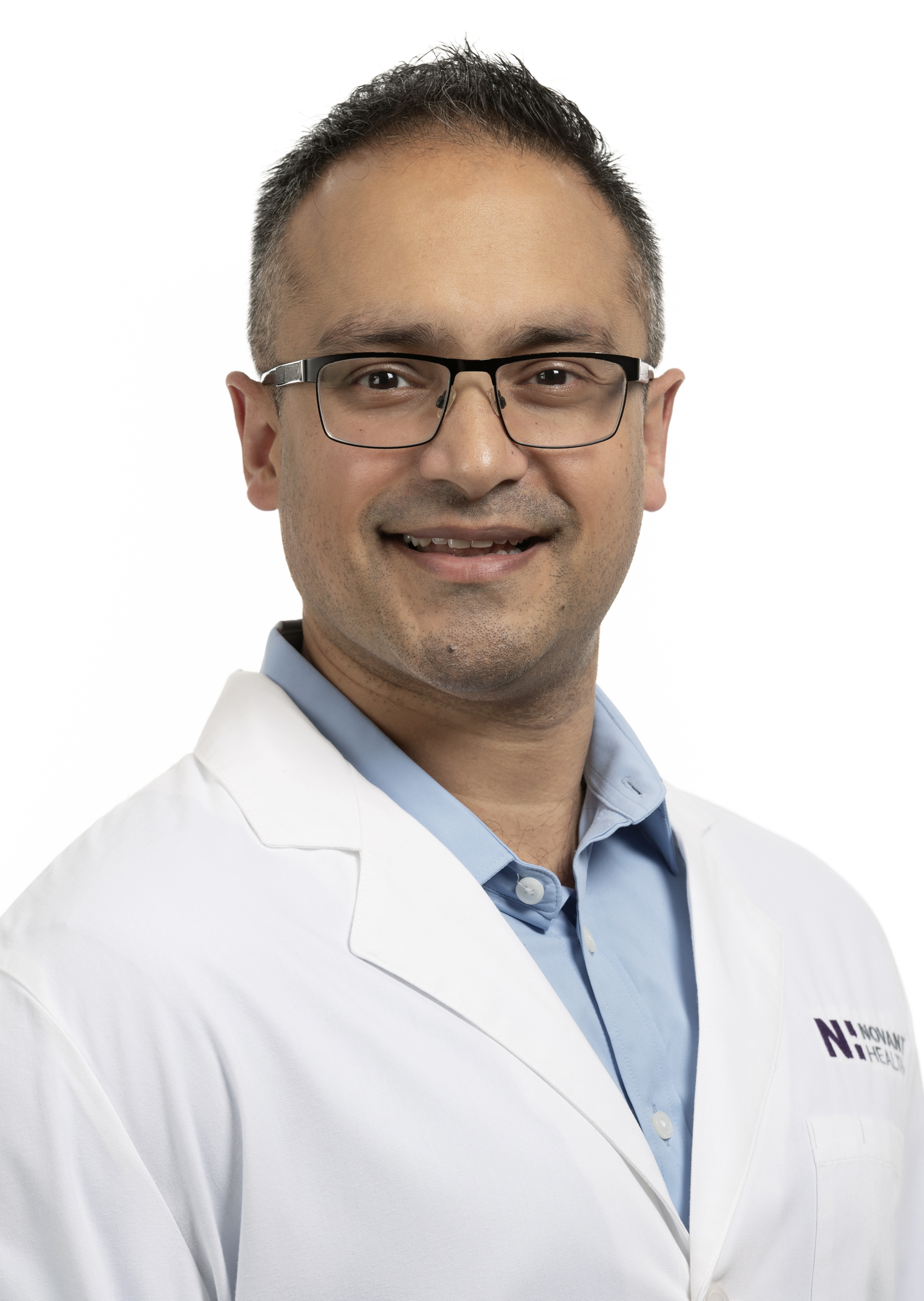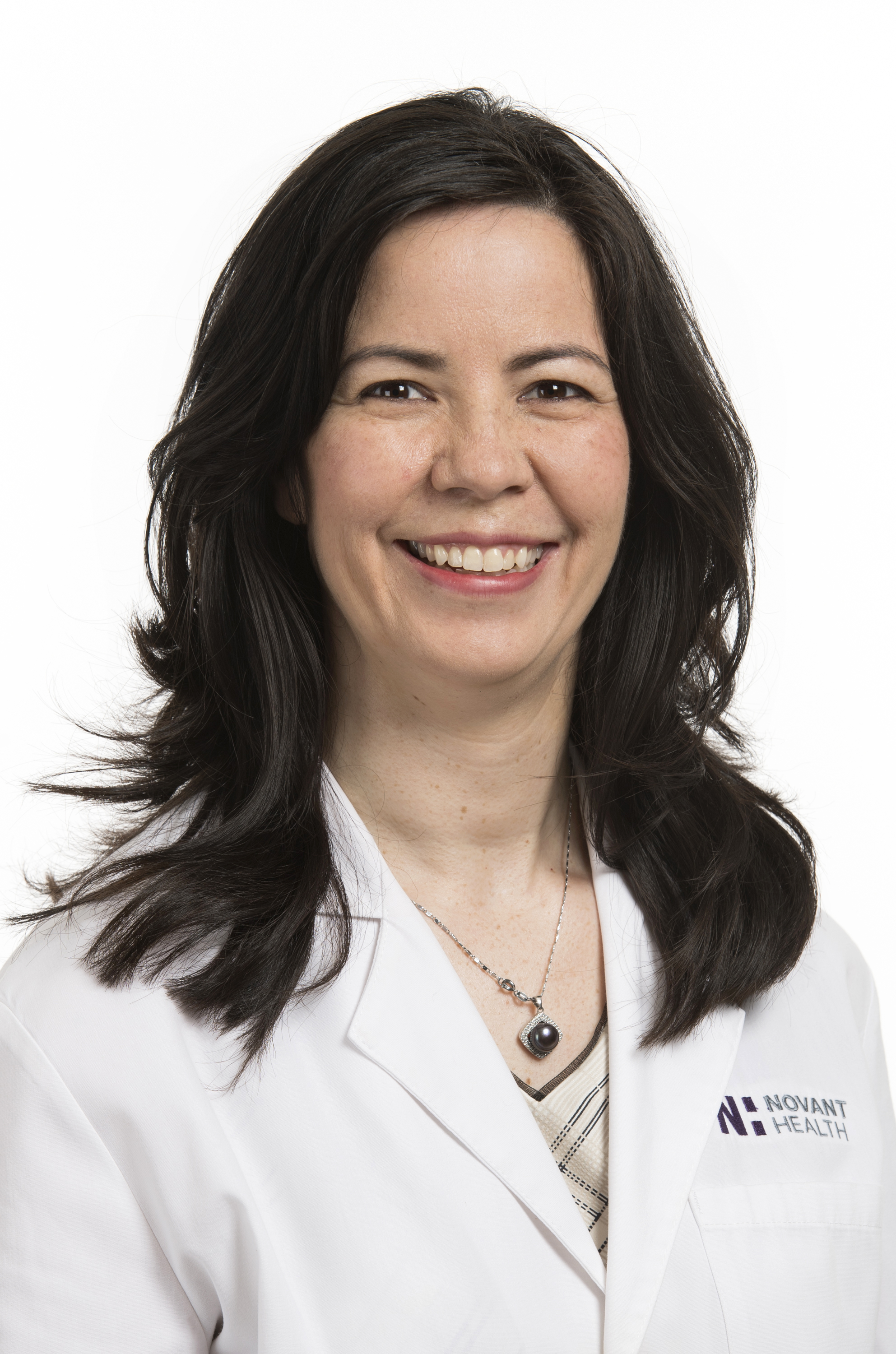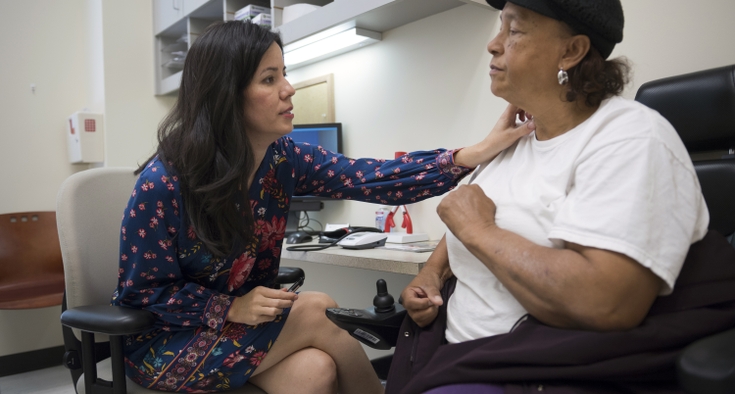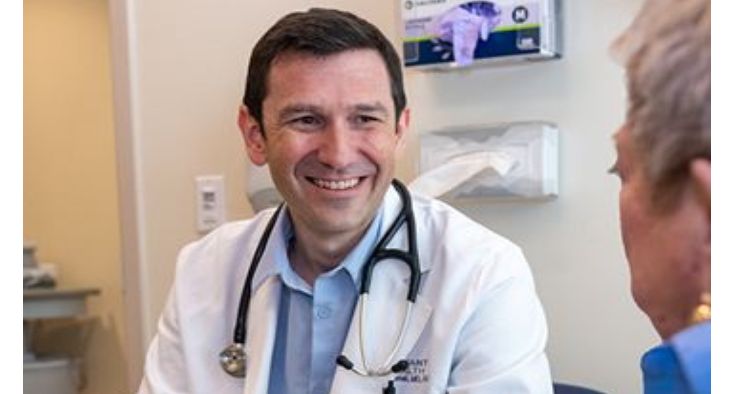Complex aneurysms can strike branches of the aorta in the thoracic space or the abdomen. These vital branches provide blood to the intestines, liver, spleen and kidneys. Like other aneurysms, complex aortic aneurysms form over time and without warning. Most patients remain asymptomatic until the aneurysm ruptures, at which point they may experience severe pain during this life-threatening emergency.
Complex aortic aneurysms are among the most challenging to treat. Patients with ruptured complex aortic aneurysms may not be able to get to the hospital in time for surgical management. Furthermore, many patients may be unable to tolerate open surgery for treatment due to their age or medical history.
At Novant Health, there is a new alternative. Novant Health now offers the first FDA-approved endovascular device to treat complex aortic aneurysms involving the visceral aorta. The Thoracoabdominal Branch Endoprosthesis (TAMBE) procedure is available in Charlotte and will soon be offered in Winston-Salem.

“TAMBE is a significant step forward for patients with thoracoabdominal aortic aneurysms because it’s minimally invasive and there’s less risk of complications when compared with open surgery. Patients also recover faster than they do with open surgery,” says Ashish Jain, MD, vascular surgeon with Novant Health Heart & Vascular Institute in Charlotte and one of the first physicians to adopt TAMBE nationwide. “We anticipate that patients from other parts of the state may want to travel for TAMBE as it’s less taxing on the body and is an easier experience all around than open surgery.”
Shorter in-hospital monitoring, faster recovery
To treat the condition, the vascular surgeon begins by pinpointing the aneurysm’s position through computed tomography angiography imaging (CTA). In some cases, however, aneurysms are discovered during a CT scan or MRI performed for another reason.
Using small incisions in the groin, the surgeon uses imaging to guide and place the stent graft. Once deployed, the graft lines the aorta and seals the aneurysm, eliminating risk posed by the aneurysm. The stent graft features branches which the surgeon connects into the arteries, supplying the abdominal organs through a separate small incision in the arm. Ultimately, the graft and stent resemble a thin tree trunk with downward-facing limbs.
Patients are typically 65 or older with a history of tobacco use, hypertension or a first-degree relative who experienced an aortic aneurysm. A patient with a parent or sibling who developed an abdominal aortic aneurysm is 12 times more likely to develop one, too.

"Open surgery has a much longer process of in-hospital monitoring and home recovery," explains Rebecca Kelso, MD, a vascular surgeon with Novant Health Heart & Vascular Institute in Charlotte. “It requires a cut on the abdomen, often extending to the lower rib cage to completely replace the aorta and additional branches.” Recovery can take several weeks. With TAMBE, most patients leave the hospital within 24 to 48 hours and recovery time at home is typically one to two weeks.
World-class Heart and Vascular Care
Open Hearts. Open Doors.
Study results one year later
A study of 102 patients in the Journal of Vascular Surgery found that there were no deaths from TAMBE in the year following insertion. About 94% of patients were still alive after one year, and none of the deaths were due to the aneurysm. Fifteen patients in the study needed follow-up procedures during the one-year period, but the procedures were mostly minor, targeting complications such as stenosis.
TAMBE is an “off-the-shelf” remedy that employs modular components that come in several sizes and can be customized to suit a patient’s anatomy. Jain is among the physicians experienced in customizing TAMBE.
The treatment is available immediately for emergency situations when an aortic aneurysm is discovered, which is a significant advantage for speed of response. For patients who aren’t a candidate for TAMBE, alternatives include custom devices or other physician-modified devices.
More endovascular treatment options will be developed in the future for complex aortic aneurysms, Kelso anticipates. “Currently, endovascular solutions are commercially available from the mid-aortic arch into the pelvis,” she says. “Studies continue to work on developing more feasible solutions for the ascending aorta,” which starts at the heart and rises upwards.
Risks of the TAMBE procedure are similar to those involving open surgery on the aorta, although the risks tend to be higher in open surgery.
Our referral process is designed to save you time and improve patient care by reducing the obstacles you face every day – such as patients waiting weeks to be scheduled, repeated phone calls and unclear next steps.
- Save time. One centralized eFax handles referrals to all our North Carolina specialists.
- Accelerate care. Patients can get from referral to treatment with appointments available in as little as 48 hours.
- Higher patient satisfaction. Our optimized schedules and workflows create more appointment options for a smoother patient experience.
- Reduce administrative burden. Our process frees your team to focus on care, not coordination.
- 24/7 behavioral health. Patients can call 800-718-3550 anytime, with referral outreach within 48 hours.








